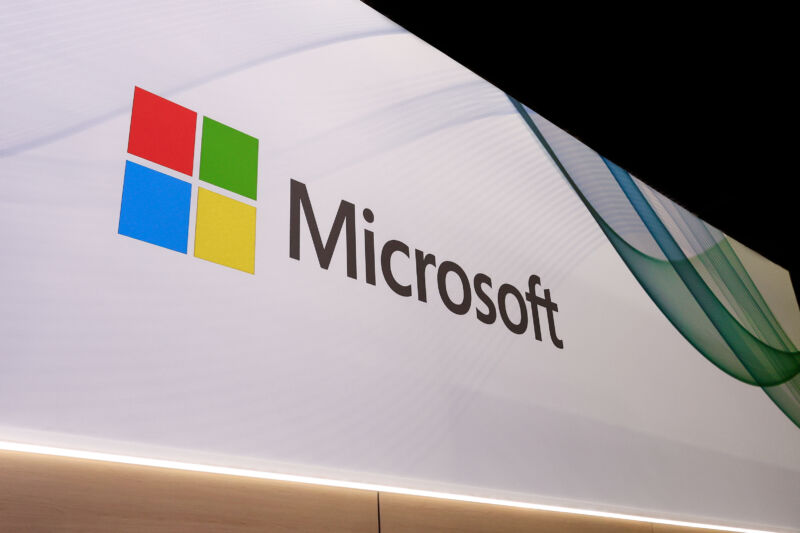Enlarge (credit: Getty Images)
Ivanti, the remote-access company whose remote-access products have been battered by severe exploits in recent months, has pledged a “new era,” one that “fundamentally transforms the Ivanti security operating model” backed by “a significant investment” and full board support.
CEO Jeff Abbott’s open letter promises to revamp “core engineering, security, and vulnerability management,” make all products “secure by design,” formalize cyber-defense agency partnerships, and “sharing information and learning with our customers.” Among the details is the company’s promise to improve search abilities in Ivanti’s security resources and documentation portal, “powered by AI,” and an “Interactive Voice Response system” for routing calls and alerting customers about security issues, also “AI-powered.”
Ivanti CEO Jeff Abbott addresses the company’s “broad shift” in its security model.
Ivanti and Abbott seem to have been working on this presentation for a while, so it’s unlikely they could have known it would arrive just days after four new vulnerabilities were disclosed for its Connect Secure and Policy Secure gateway products, two of them rated for high severity. Those vulnerabilities came two weeks after two other vulnerabilities, rated critical, with remote code execution. And those followed “a three-week spree of non-stop exploitation” in early February, one that left security directors scrambling to patch and restore services or, as federal civilian agencies did, rebuild their servers from scratch.









